Akira Isogawa: leggenda giapponese in Australia
Il Giappone è famoso e attraente non solo per gli occhi dell’Italia ma anche in tutto il mondo e il lavoro di Akira Isogawa ne è un esempio. Con l’apertura del Giappone al mondo, i giapponesi hanno viaggiato e si sono trasferiti in diversi paesi. Akira Isogawa è ora il residente giapponese più famoso dell’Australia.

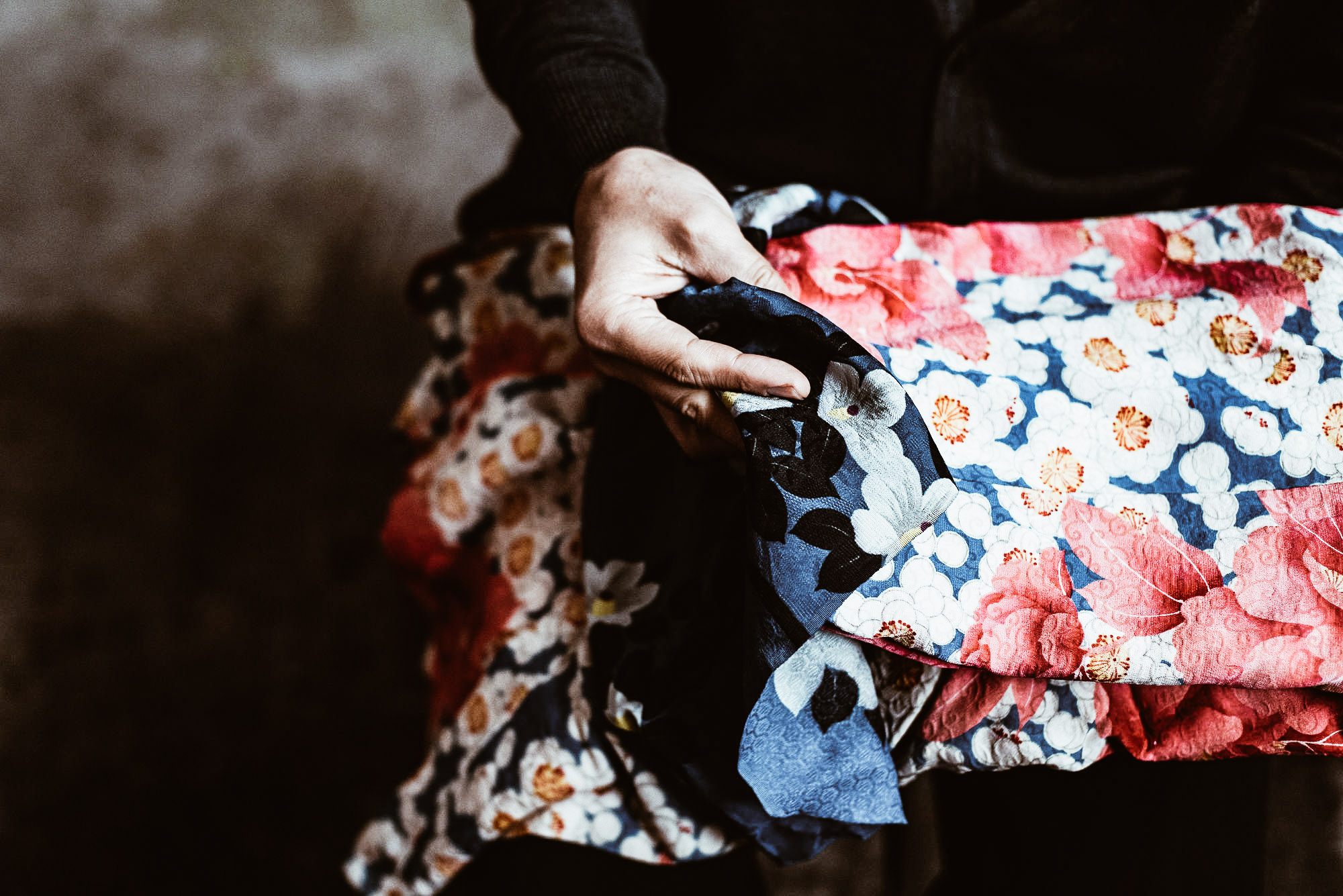
Chi è Akira Isogawa
Nato a Kyoto, in Giappone, nel 1964, è emigrato in Australia nel 1986 ed è oggi uno dei più famosi stilisti di questa terra. Ha studiato moda all’East Sydney Technical College traendo ispirazione dal design giapponese contemporaneo. Alla fine degli anni ’90, era conosciuto a livello internazionale insieme al suo marchio di abbigliamento femminile Akira. I suoi abiti appaiono sotto la sua etichetta Akira e sono venduti in Australia, Nuova Zelanda e altri 10 paesi. Ad oggi, è uno dei pochi designer australiani che espone e vende i suoi abiti a Parigi.
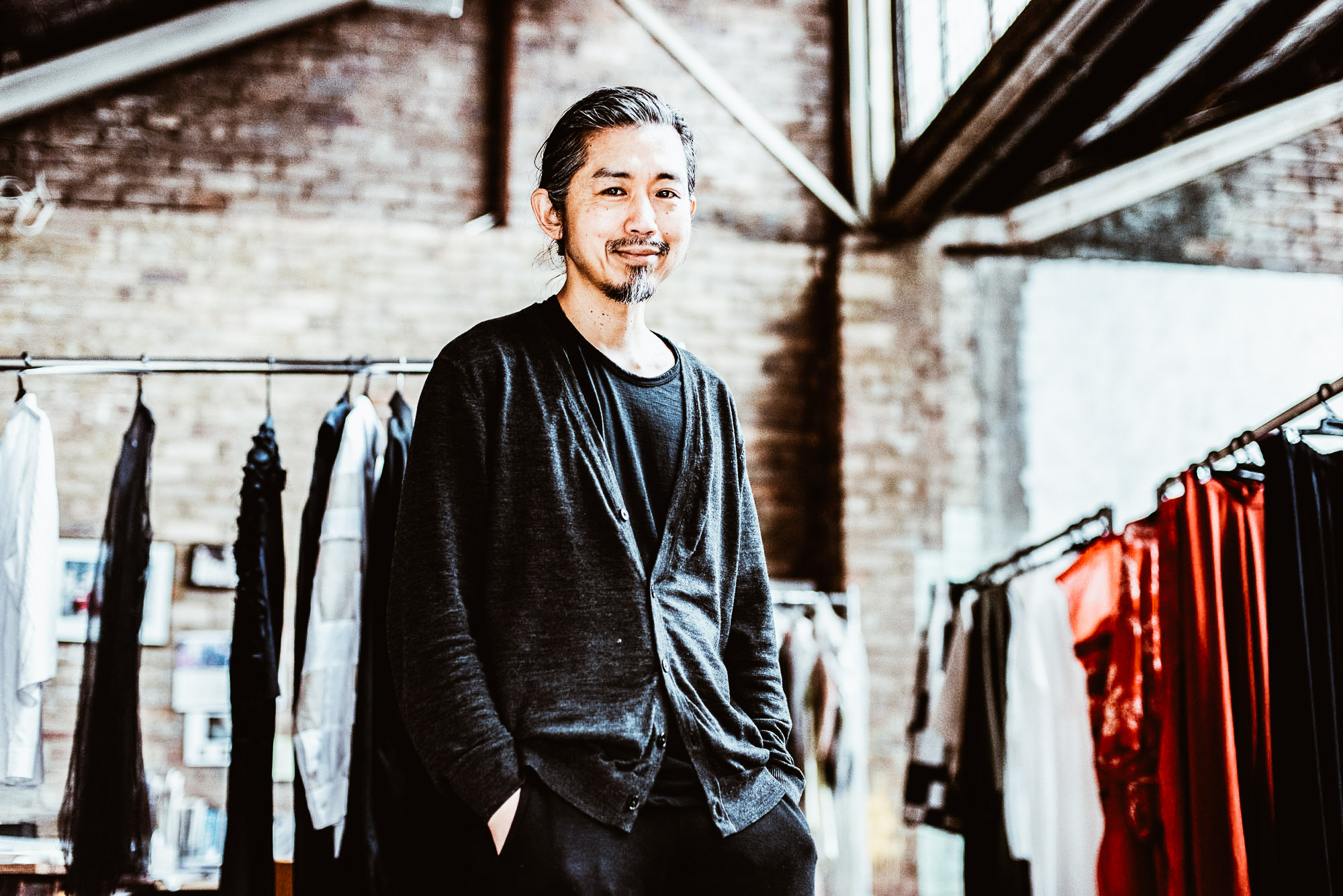
La leggenda Australiana
Nel 2005, colto di sorpresa, divenne una “leggenda australiana” e fu invitato ad apparire su un francobollo commemorativo. Questo onore è solo uno dei tanti riconoscimenti ricevuti da Isogawa per i suoi successi in oltre 25 anni di carriera
Ha detto a The Japan times “A dire il vero, non avevo idea che l’Australia Post fosse così progressista e innovativo nel proprio marketing”, dice ridendo. “Pensavo che dovessi essere morto per apparire su un francobollo, figuriamoci lavorando attivamente nel proprio campo. Ho ancora molto da fare!”
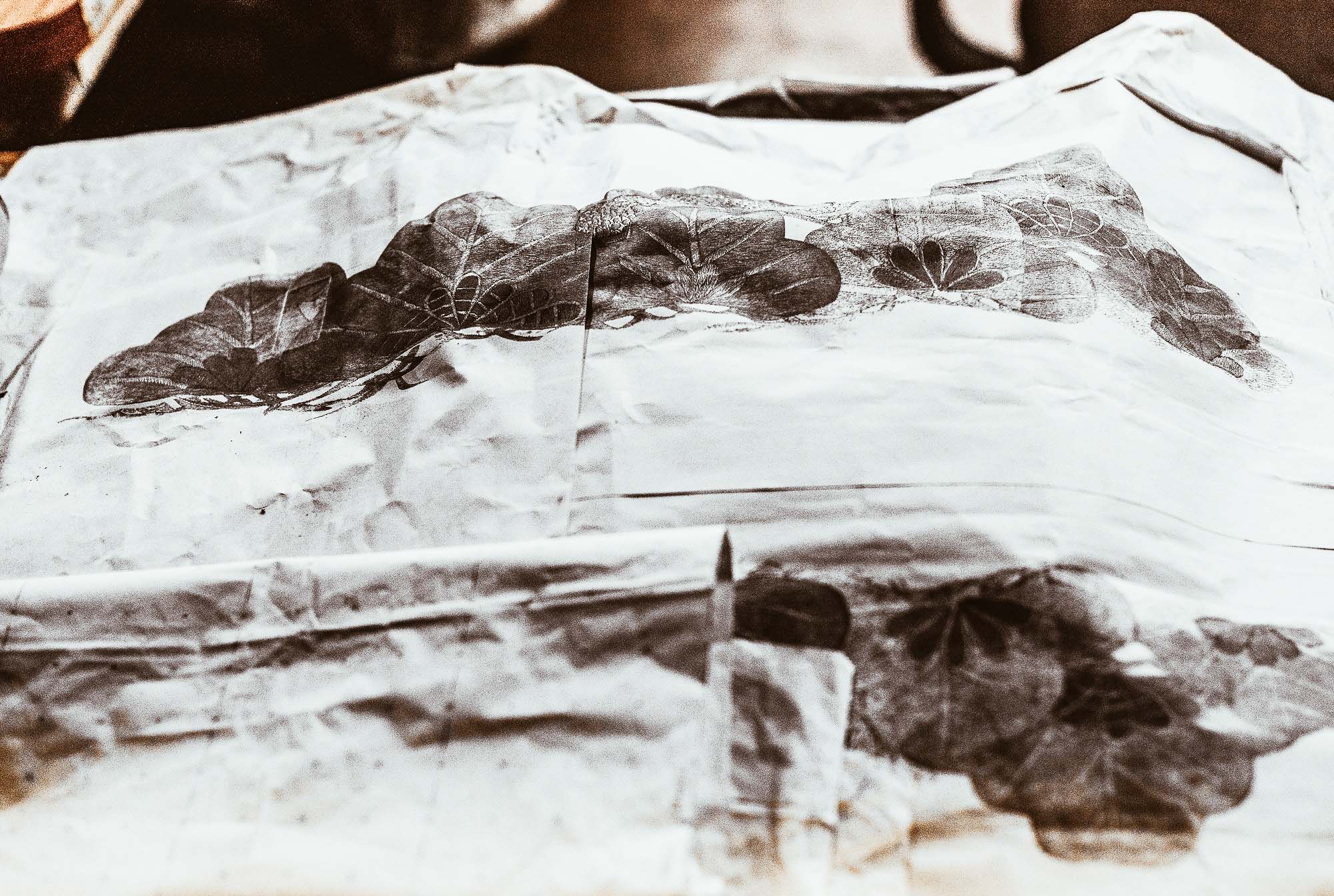
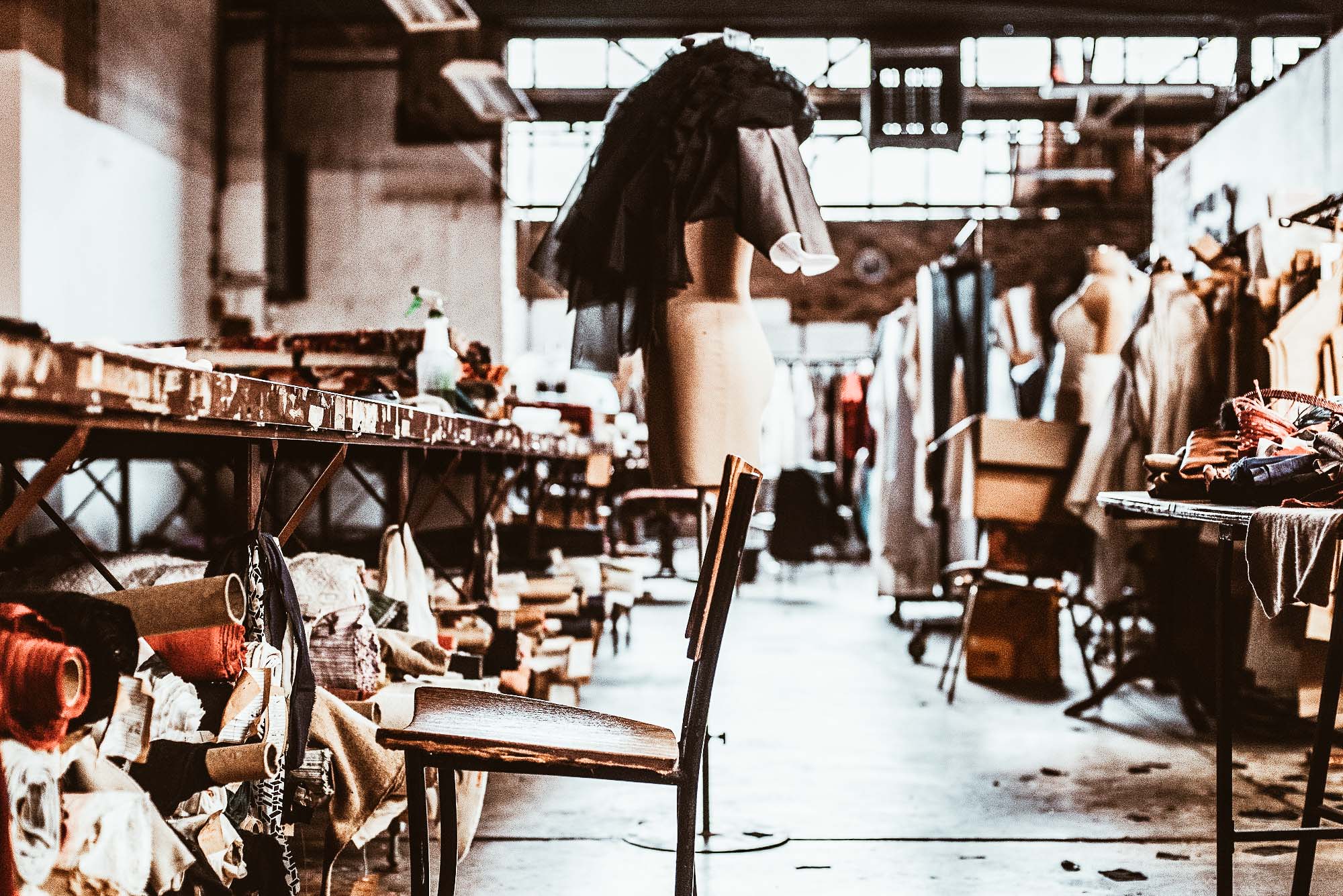
La vita in Australia
L’Australia e la sua scena della moda hanno abbracciato Akira Isogawa come uno di loro. Si sente molto vicino alla sua casa adottiva, anche grazie a un cugino materno che vive nella città di Mittagong nel Nuovo Galles del Sud.
Il governo ha lanciato un programma per i visti per le vacanze e lavoro che ha dato a Isogawa la possibilità di realizzare le sue ambizioni di studiare e lavorare nella moda.
Arrivato in Australia a metà degli anni ’80 e avendo alcune difficoltà nelle prime settimane del suo soggiorno, le cose sono migliorate dopo che sono nate le rivoluzionarie feste di ballo della RAT (Recreational Arts Team). Qui Isogawa riesce a connettersi con persone che la pensano allo stesso modo e far fiorire il suo talento.
Dopo essersi iscritto a un corso di moda presso l’East Sydney Technical College, ha aperto il suo primo negozio con tutti i suoi risparmi.
“Sydney è la mia base”, afferma Isogawa. “Crescendo a Kyoto, mi sono sempre sentito come se fossi altrove. Non credo di riuscire a comportarmi come un “giapponese tipico” e seguire le regole della società. Capisco come tali regole siano necessarie e aiutano il Giappone a funzionare in modo efficiente come fa oggi. Ma io amo infrangere le regole, e questo è permesso qui in Australia. È un vero sollievo”.
Tuttavia, a tutti manca sempre la patria. Anche Akira Isogawa ammette un desiderio nostalgico per la tranquilla Kyoto della sua infanzia. Si riferisce infatti all’arte giapponese di “leggere l’aria”, dove le cose sono comprese, ma non necessariamente dette.

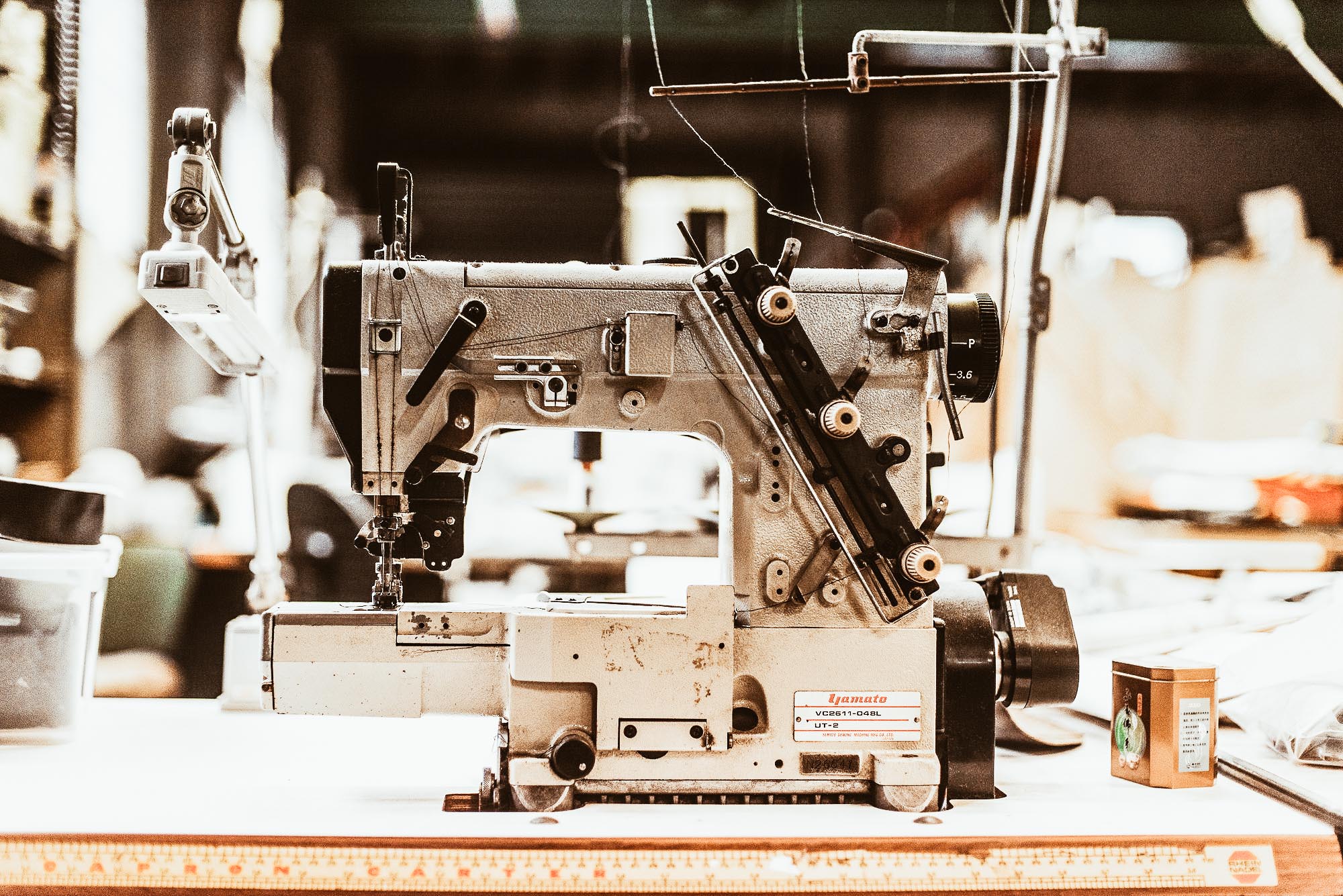
Gli anni ’90
Tuttavia, è negli anni ’90 che il lavoro di Isogawa e la sua etichetta Akira esplosero ed vennero conosciuti in tutto il mondo. Dopo il suo show di debutto durante la Mercedes Benz Fashion Week Australia nel 1996, questo è diventato un momento regolare per il suo lavoro, ma non solo. In effetti, queste passerelle erano solo l’inizio. Infatti, successivamente ottennte un posto alle sfilate di moda di Parigi. Qui ha catturato l’attenzione di Joan Burstein, l’acquirente di moda internazionale che ha contribuito a lanciare nomi come Alexander McQueen e John Galliano nel Regno Unito.
Un altro momento cruciale avvenne quando Naomi Campbell indossò l’abito di akira ispirato al kimono sulla copertina di Vogue Australia nel 1997.
“Quella copertina è stata una svolta nella mia carriera; non può essere minimizzato. È stato fantastico ”, ricorda Isogawa. “Sono anche molto grato ai media, a tutti quelli che mi hanno supportato. Ma allo stesso tempo, è stato così stressante. Non sono riuscito a gestire tutto e sono finito con un addetto alla reception, tra gli altri 25 dipendenti a tempo pieno”.

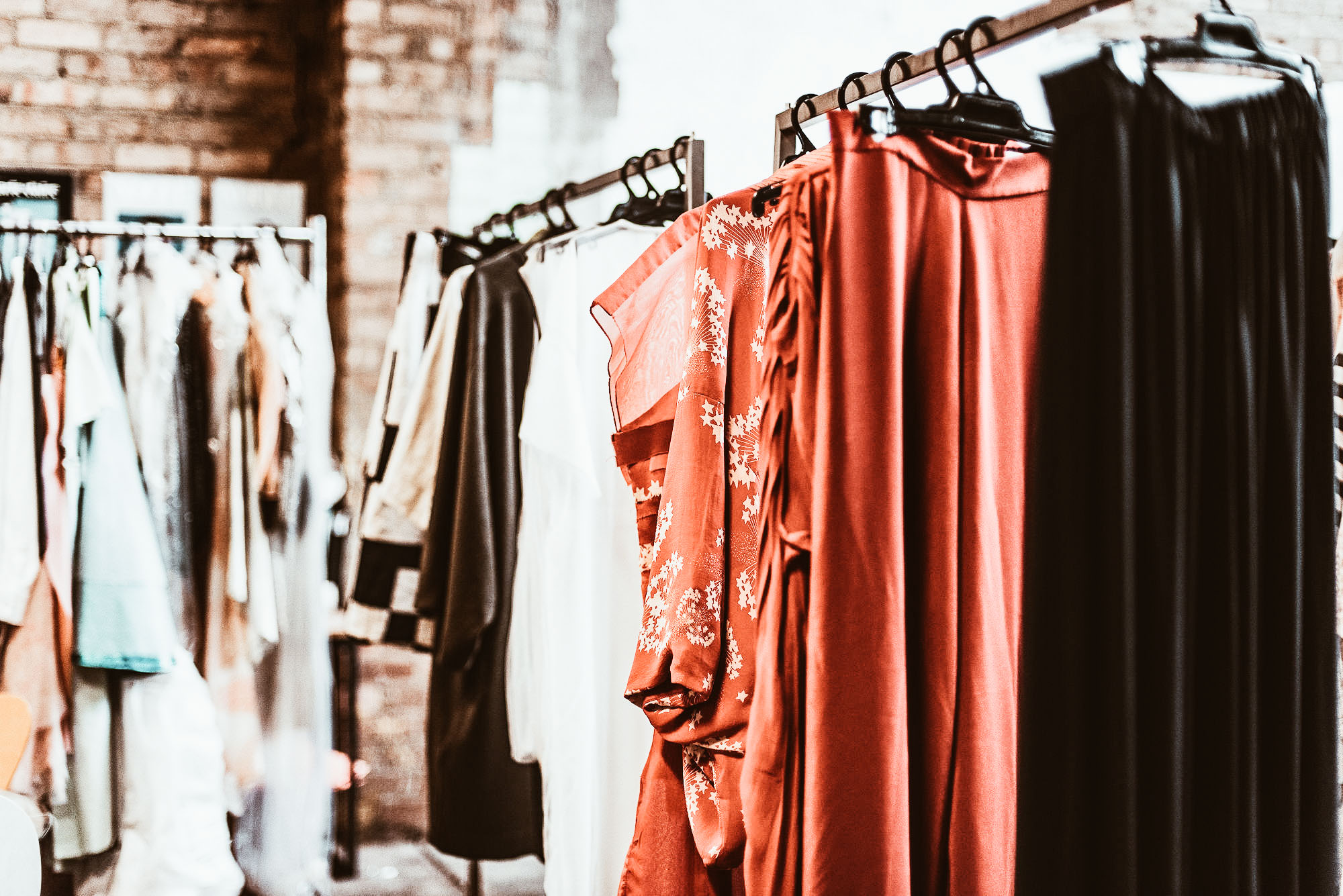
Dopo la follia della moda
Nel 2004, ha incontrato il CEO di Australian Wool Innovation e Isogawa è diventato l’ambasciatore di lana australiana. L’istituto era alla ricerca di un designer che potesse aggiornare l’immagine della lana, quindi nel 2005 Akira Isogawa ha creato un nuovo tipo di tessuto. Una garza di lana fine e leggera ispirata alla georgette di seta.
“Volevo che il tessuto fosse leggero. Volevo che la lana venisse reinterpretata come trans-stagionale “, afferma. “La garza di lana è piuttosto fragile, meravigliosamente morbida e 100% merino australiano. Ce l’ho ancora in magazzino. ”
Akira Isogawa oggi
Ora che la vita è un po’ più tranquilla, Isogawa è libero di esplorare nuove visioni e diversi sbocchi per il suo lavoro. Infatti, possiamo vederlo collaborare a progetti artistici, come la progettazione di costumi per la Sydney Dance Company.
Il marchio di abbigliamento femminile Akira è famoso per mescolare elementi orientali e occidentali in termini di tessuti, tecniche e design. La libertà concessa al lavoro e alla vita di Akira come immigrato australiano lo ha aiutato a sviluppare il suo stile personale.
Credendo fermamente nella moda lenta e sostenibile, i capi di Akira Isogawa trascendono il tempo, dimenticano le tendenze e devono essere indossati ancora e ancora.
Fonte: japantimes.co.jp
Foto: japantimes.co.jp
Condividi:
- Fai clic per condividere su Facebook (Si apre in una nuova finestra)
- Fai clic qui per condividere su Twitter (Si apre in una nuova finestra)
- Fai clic qui per condividere su Tumblr (Si apre in una nuova finestra)
- Fai clic qui per condividere su Pinterest (Si apre in una nuova finestra)
- Fai clic per condividere su Telegram (Si apre in una nuova finestra)
- Fai clic per condividere su WhatsApp (Si apre in una nuova finestra)
- Fai clic qui per condividere su Reddit (Si apre in una nuova finestra)
- Fai clic qui per stampare (Si apre in una nuova finestra)






